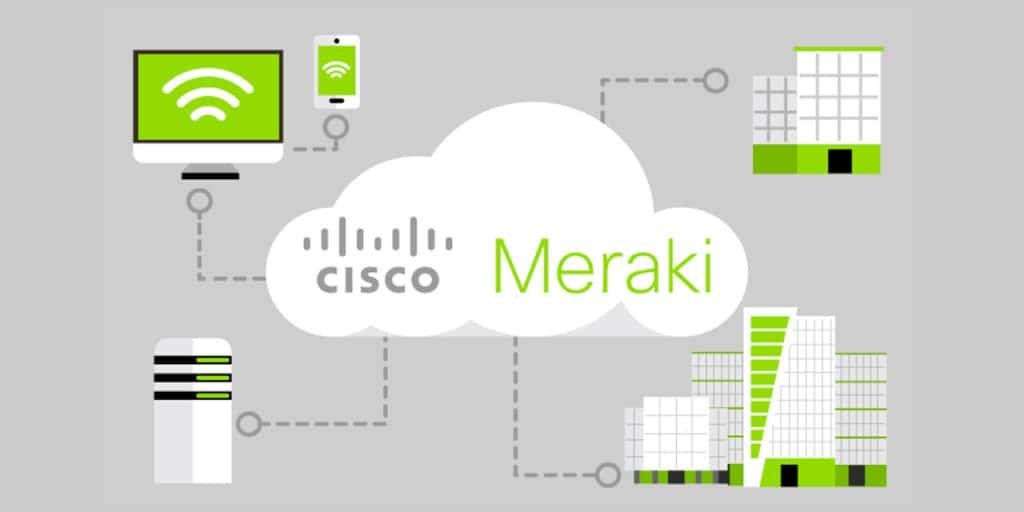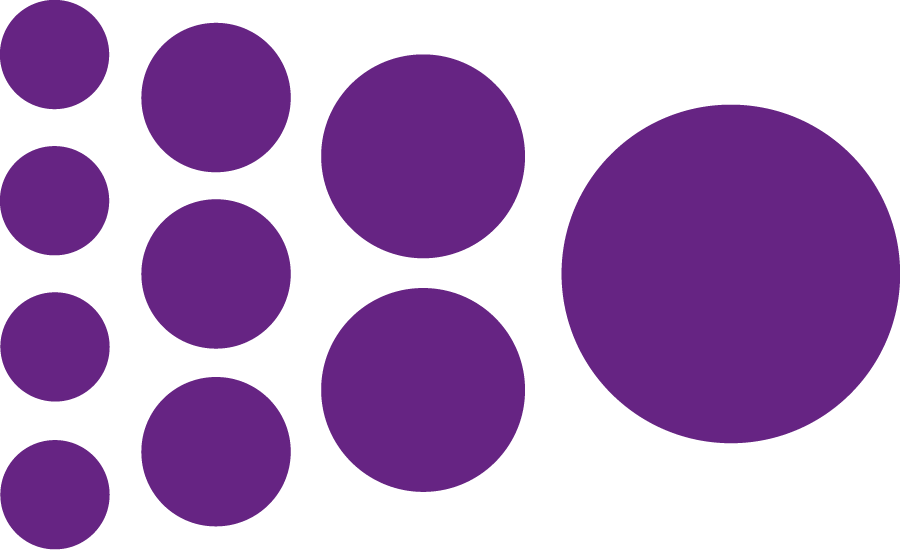What attracted them to Cisco and Meraki’s technology stack was threefold. First of all, it was very easy to configure and install devices and there were many features out of the box, including management and monitoring. Second, if something goes wrong or a device fails, a new device is shipped directly to the site and one of their employees can replace it. Third, they use a simple licensing model. It is very easy to calculate the cost of a change or expansion, making the solution an easy sell.
They worked with Atea to create a proof-of-concept installation at two of their factories: two firewalls, four switches, and some access points (APs) for the wireless network. They were installed alongside the existing networks and it worked fine. They made some tweaks to the design and went ahead with a full-scale implementation.
Its full deployment began at its headquarters. Atea arranged for them to get a palette of equipment and they had it installed in no time. You stuck us with the initial setup, including VLANs, failover, and wireless SSIDs, but it was all done through the Meraki dashboard, so it required little work. Once setup for one site was complete, it was easy to replicate in subsequent locations.
Each factory is connected to the Internet via fiber-powered Internet with 1 Gbps connections or 100 Mbps connections. The main connection point of each facility has a Meraki firewall and a series of switches that are the wired backbone of each factory. . Some machines are wired and all factories have access points, so our wireless network covers the entire facility, including offices, production buildings, and cold storage areas. In our larger factories, we use the Meraki MX84 and have two MX84s for redundancy. On the smaller sites, we use the MX68. We also have a 4G mobile network failover.
They use local handymen to help install access points and cameras. Atea helped them with our initial setup of Meraki, but Meraki doesn’t require much support or attention, especially once it’s up and running. A more traditional design would require coordination between the firewall, network, and customer consultants; instead, Atea allows them to have a single point of contact to solve any problem. Atea can run diagnostics, troubleshoot, and remedy a problem remotely. Cisco Meraki also gives them easy access to monitor and configure the network through a single dashboard. If it’s a simple problem, they can often solve it themselves.
Since they don’t need to coordinate the different resources or have an expensive service agreement that puts this burden on an outside company, their new network is very cost-effective and easy to manage. This is especially with your small IT team. Now, they can focus on future goals and innovation, and invest in new projects accordingly, such as the implementation of Microsoft Intune and Microsoft Autopilot to expedite the deployment of client devices, such as laptops and mobile phones, as well as their secure connection to the networks.


